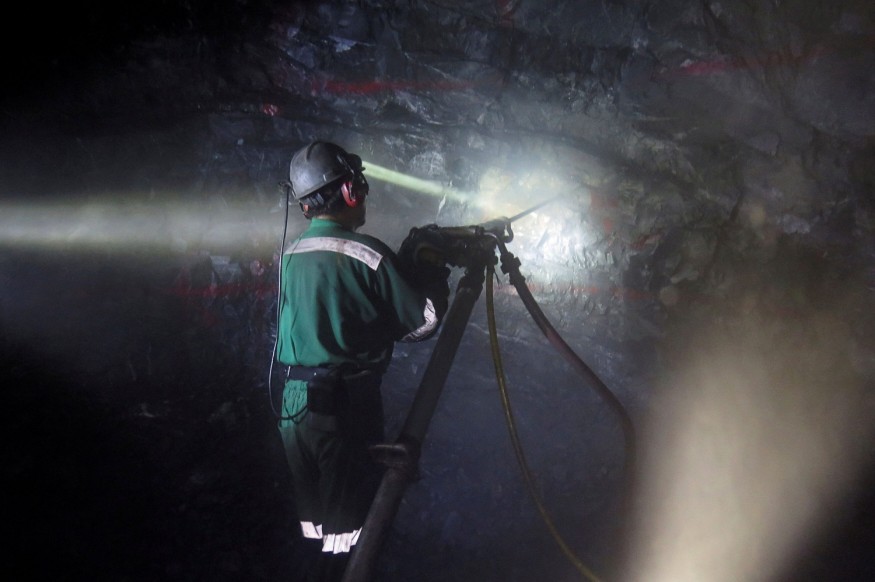A "New" Old US-Mexico Border Tunnel Discovered After 30 Years

Authorities at the Mexican border discovered an underground tunnel that was used for smuggling goods. The border agents said that the tunnel had been there ever since 1990. This tunnel runs beneath the streets of Nogales, and is now recorded as the 126th tunnel to be discovered in the Tucson Sector that is believed to have been used in the 1990's.
The tunnel's entrance floor was located in the Grand Avenue drainage system of Mexico.
The depth of the tunnel was about 20-feet. According to the authorities the tunnel was made through a basic process and it was only hand-dug. It had no appearance that it was dug by mechanical equipment and it showed no sign of ventilation and light.
The United States Customs and Border Protection announced that they will monitor the tunnel until they find a way to restore it.
The federal agency also reported that they found the longest known South West drug-smuggling tunnel last month into the Mexico-California border. They reported that the 4,300 feet long tunnel that extends from Tijuana, Mexico, to a San Diego neighborhood was equipped with rail-cart and ventilation systems.
The Drug Enforcement Administration explained that because of the strengthening security in the borders of Southern borders, the Mexican drug cartels are forced to smuggle their deadly drugs underground into the United States.
According to the reports of the U.S Customs and Border Protection more than dozens of revolutionary tunnels were discovered in 2016. They showed that the tunnels were effortless made by criminal organizations that facilitated the cross-border smuggling of narcotics. Criminals spend so much time and effort to dig and make way to smuggle their drugs under the border. It was also in 2014 when the second longest tunnel under the border of California and Mexico was found to have a length of 2,966 feet long.
Spokesperson Jose Hernandez explains that the border of the US and Mexico are attraction to traffickers because the place is an industrial area. The tunnels that were purposely made for transporting illegal marijuana.
Due to the highly strict securities, drug sniffing dogs that were trained and other security at checkpoints. Drug smugglers were forced to find a way even if it means consume time management and apply engineering under the borders to deliver their highly profitable market goods. underneath the border. These agencies also help to protect the security of the border.
According to Cardell Morant, acting special agent in charge of Homeland Security Investigations in San Diego the main tunnel had an incomplete branch and several sandbags were blocking the exit of the tunnel in San Diego's Otay Mesa, an industrial warehouse.
The U.S Customs and Border Protection continues to protect the management and control of the nation's borders at the entrance, between and exit of official ports.
It is known that the US border patrol works hand in hand with the Government of Mexico and the national cooperation with the Mexican law enforcement. These administrations works together to finish off the organizations that are smuggling narcotics and humans.
Subscribe to Latin Post!
Sign up for our free newsletter for the Latest coverage!













